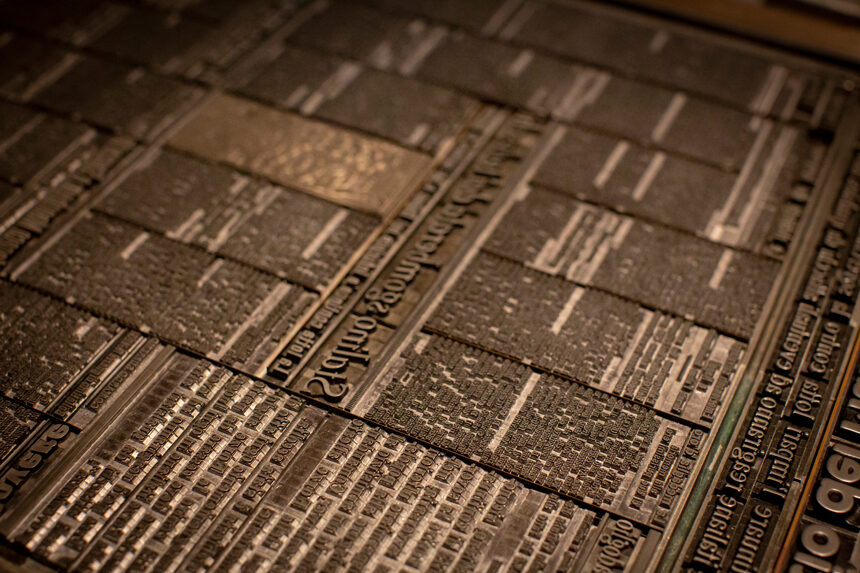Senior managing editor and logophile Andy Hollandbeck reveals the sometimes surprising roots of common English words and phrases. Remember: Etymology tells us where a word comes from, but not what it means today.
Last week, I wrote about how the word stereo comes from a Greek root meaning “solid, three-dimensional,” that it originally had nothing to do with sound, and that visual stereoscopes existed a century before the aural stereophonic sound that gave the stereo its name. I also mentioned that sound systems weren’t the first thing to be referred to as stereos.
Before the musical stereo, or even the stereoscope, there was the stereotype.
Today, stereotype usually refers to an oversimplified, often prejudiced, representation of a group of people or things. A stereotype is a mental impression of something (usually a group of people sharing a characteristic) that doesn’t change as it is applied to individuals within that group. This, however, is a figurative sense — the first stereotypes left a literal, physical impression that didn’t change as they were applied and reapplied over time.
The word’s etymology gives a clearer picture of what a stereotype originally was. The stereo-, as I said, means “solid.” The -type part of the word isn’t the synonym of category that you see in a question like “What type of pie freezes well?” It’s the type used in typewriter — that is, mechanically printed characters. (Granted, both types of type trace back to the Greek typtein “to strike, beat,” but there is a clear divergence.)
The word stereotype goes back to the days of moveable type printing presses. To create, say, a newspaper or pamphlet, a typesetter would have to lay each individual letter and bit of punctuation into the printing press before it could be inked up and printed. As you can imagine, that could get tedious.
Sometimes, if there was a particular item that needed to be printed over multiple runs or in multiple places simultaneously, it made more sense to create a single plate with the text and images etched into it permanently. That plate, then, could be used in multiple presses, and could be reused from week to week as needed, without the tedium of dealing with all those individual characters.
As opposed to the regular moveable type of the press, then, French-speaking printers by the end of the 18th century were calling these plates stéréotypes, literally “solid type.” From there, the word found its way among English-speaking printers, who dropped the accents and called them stereotypes, or stereos for short. (It’s practically a certainty that The Saturday Evening Post used stereotypes to fill out the page in its earlier years.)
It wasn’t long, just a couple decades, before the figurative sense of stereotype found a foothold in the language. From the sense of “unchanging, reusable text and images,” the word came to mean “unchanging, thoughtless impressions” applied to people and things.
Become a Saturday Evening Post member and enjoy unlimited access. Subscribe now




Comments
I’d never heard of the word in the ‘unchanging, reusable text and images’ sense before, and the ‘type’ meaning typing/printing. Too used to using ‘type’ (almost exclusively) in conversations as in what ‘type’ of dog is she, or to further specify something; like what ‘type’ of features are you looking for in a pre-owned car? ‘Type’ here is almost interchangeable with ‘kind’ or ‘what kind’.